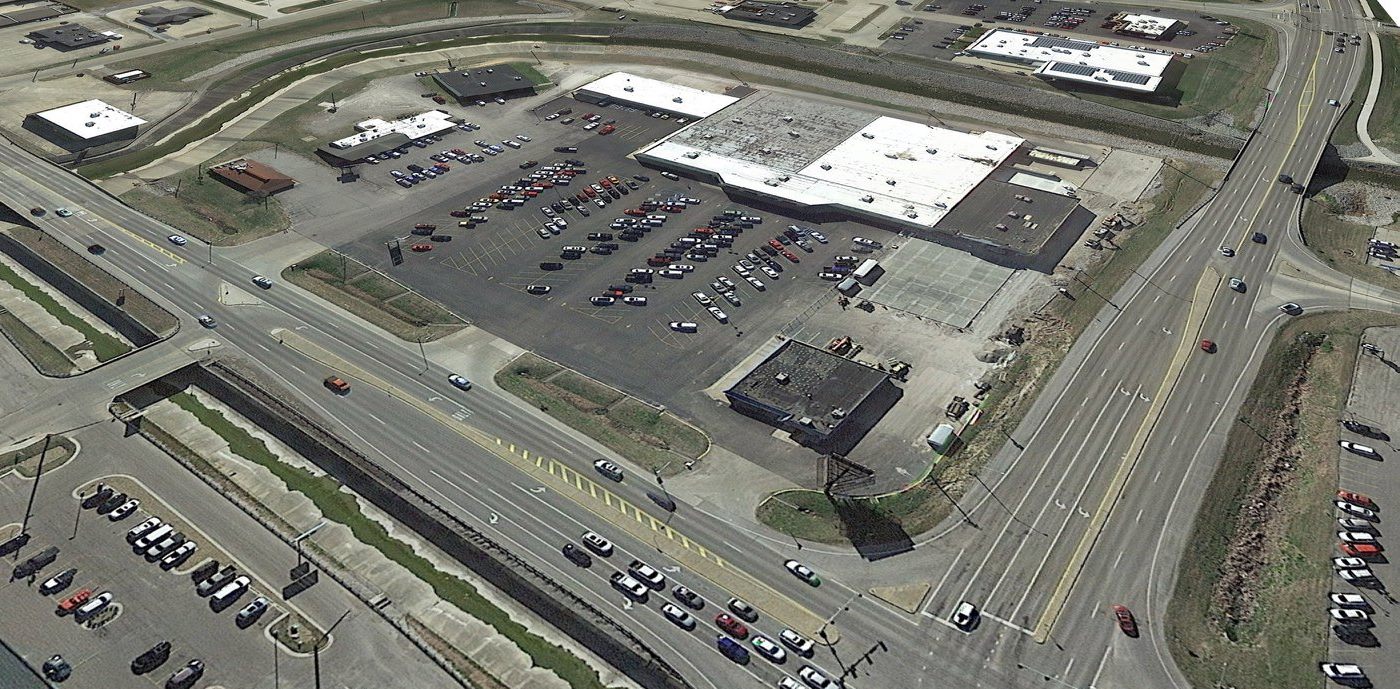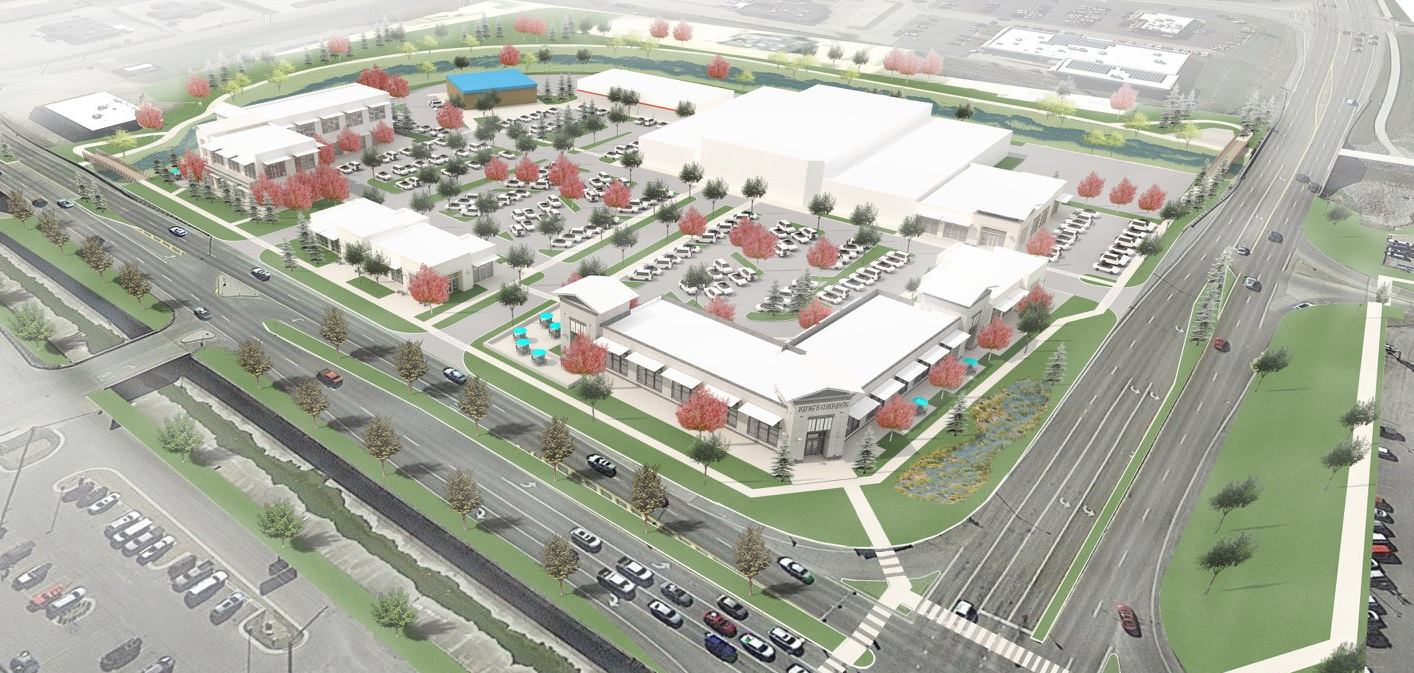Suburban Redevelopment Requires Patience, Engagement and a Positive Attitude
A couple weeks ago, Chuck Marohn shared an image on Facebook that sparked a contentious conversation. It was an illustration of a potential retrofit project, turning a suburban big box site into a slightly denser — but still quite auto-oriented — development. Chuck wrote:
Someone explain to my how this is in any way an improvement. If this is suburban retrofit, if this is the vision of the future for suburban America, count me out. Auto-village in a field surrounded by stroads. Not viable, not scaleable, not adaptable and not strong.
Comments rained in from other Strong Towns advocates, many in agreement, others pushing back. Then the developer who originally posted the image called us and asked to talk.
So we invited him onto our podcast.
Bob Barber is a founder partner at Orion Planning+Design, a Mississippi native and the former planning director for the City of Hernando, MS.
His planning work has taken him to many Mississippi towns, particularly smaller communities, and he's worked with residents and leaders to find a path forward after suburban growth has wreaked havoc on local landscapes and finances. He says it's an uphill battle for communities that have only ever known a suburban way of life.
"When you're trying to work with the dynamic of change in a smaller community with a lower budget, it's different," says Barber. "It's one thing to produce stellar work in the very privileged places. It's another thing to facilitate the process of change in ordinary spaces throughout the country."
The illustration shared on Facebook, Barber explains, was a sketch meant to invite conversation and get residents thinking about new possibilities for an underused piece of land — one where the community, unfortunately, doesn't have a lot of control over the surrounding roads. The goal is to nudge towns in a stronger direction incrementally, but not overwhelm them with change that isn't feasible within their current codes and budget.
"If you take a site like that in a generic, Middle America community and apply a highly idealized or purer, shall we say, New Urbanist version of the site that is unachievable by the community, then what have we done?" Barber asks. "We've probably generated skepticism, discouragement — which is the exact opposite of what we want to do. We want people to grab this, incrementally, and then [we want to say] Okay, let's move to the next step. What are the possibilities here?"
In Barber's experience, the people who approach change from a positive angle in the communities where he works have a much better chance of building a strong town than the people who begin by putting the community down and pointing out where it has gone wrong.
"It's easy to point fingers and say, This is crap. It's no good. That's easy. The hard thing to do is to scoop it up and say, How can we introduce some redemption of this place? And then begin that conversation."
But is it better to focus on the heavy lifting of fixing an incredibly auto-oriented site like the one pictured above, or should we focus our efforts on making small changes in the places that are already doing okay for themselves — like our historic downtown centers — and that just need a little push to grow stronger? That's the question Chuck Marohn poses to Bob Barber.
Listen to the episode:






Our most famous case study revealed the high cost of auto-oriented development. But what if a little creative rearrangement could make things a whole lot better?